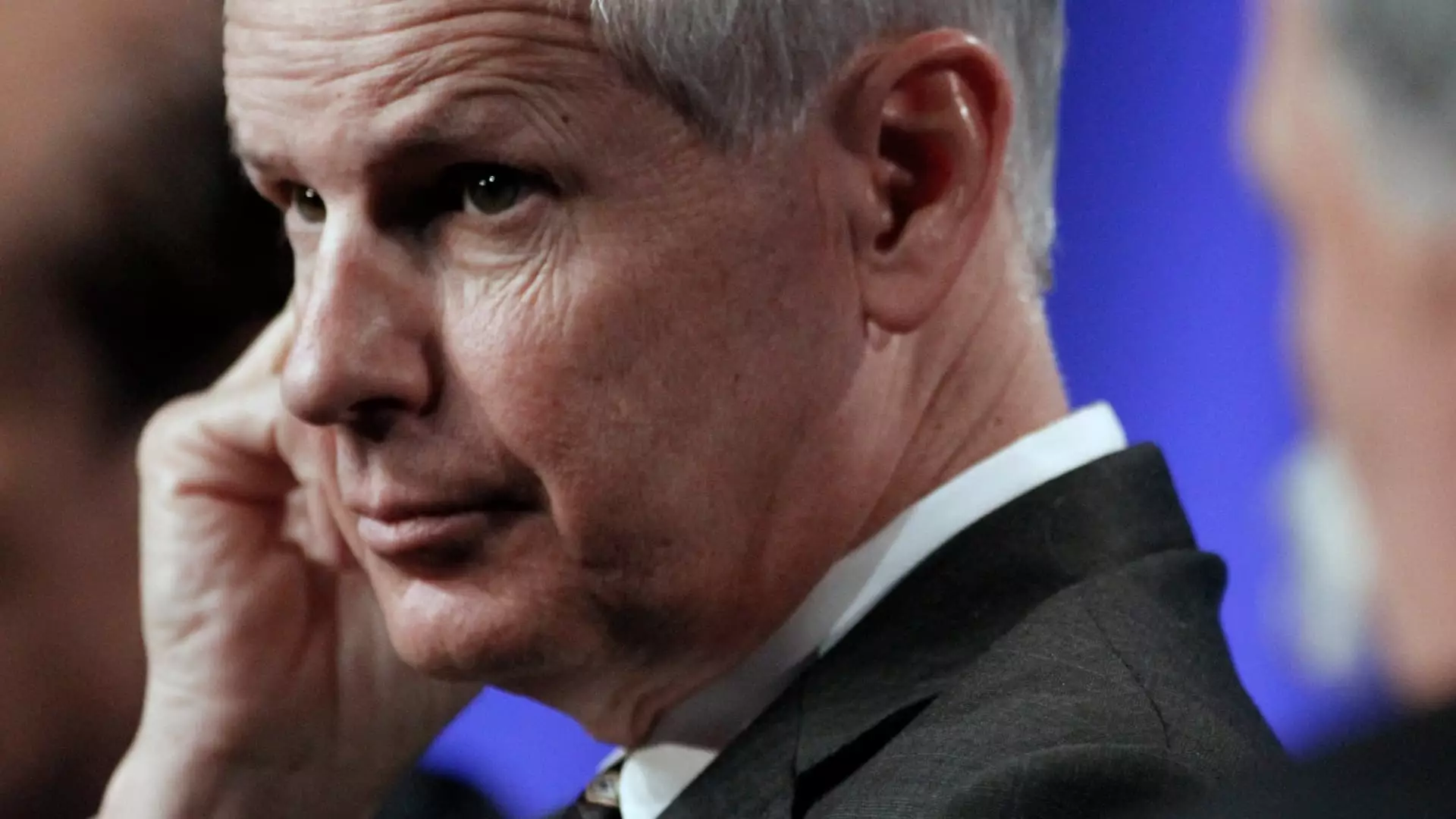The landscape of pay-TV is undergoing significant transformation as traditional providers grapple with competition from a multitude of streaming services. At the forefront of this transition is Charlie Ergen, founder of EchoStar, who is on the brink of divesting his pay-TV venture, Dish Network. Current discussions between EchoStar and DirecTV, a contender in the pay-TV realm backed by TPG and AT&T, signal an important shift not just for the companies involved, but for the broader industry as well.
The dialogue surrounding a potential merger between Dish Network and DirecTV has been an ongoing narrative for nearly two decades. A proposed merger in 2002 foundered amidst regulatory scrutiny, highlighting the complexities of the pay-TV domain. Now, with EchoStar facing significant financial challenges—a looming $1.98 billion debt payable in November—the urgency for a deal has intensified. As of their last reported financial status, EchoStar’s cash reserves were perilously low, setting the stage for an impending corporate crisis unless a resolution is reached.
Financial Pressures and Strategic Imperatives
Critical to the current negotiations is EchoStar’s precarious financial outlook. Recent filings reveal that the company possesses only $521 million in liquid assets, coupled with forecasts of negative cash flow for the remainder of the fiscal year. Analysts predict a high risk of bankruptcy within months unless new capital is generated. Consequently, the urgency to sell Dish Network has escalated, presenting a potentially lucrative exit strategy that could mitigate EchoStar’s immediate fiscal peril.
The proposed merger is anticipated to be cash-based, where DirecTV would acquire Dish Network along with its digital streaming service, Sling TV, and associated liabilities, potentially valuing the transaction at over $9 billion. However, the structure of this transaction also raises questions about the fallout for EchoStar’s existing financing arrangements and creditors, complicating the outlines of a feasible agreement.
The traditional model of satellite television is in decline, with viewers increasingly gravitating toward streaming platforms. Dish Network concluded its last quarter with just 6.1 million satellite subscribers, while DirecTV has similarly witnessed subscriber attrition, dropping from 15.4 million to 11 million since AT&T’s acquisition in 2015. This alarming trend underscores the significant pressures both companies face as they grapple with evolving consumer preferences, necessitating not just operational but strategic reinvention.
The advent of streaming competitors like Netflix, Disney+, and Amazon Prime Video has completely reshaped how audiences engage with television content. The once-dominant pay-TV landscape is giving way to an era of versatile viewing options where consumers are more selective about their subscriptions, often opting for tailored streaming packages over traditional satellite solutions.
In light of these industry challenges, DirecTV has attempted to pivot its business model, double-downing on its streaming service capabilities. Recent ad campaigns have aimed to clarify that DirecTV’s offerings extend beyond mere satellite dishes. Streamlined services and genre-focused bundles have been part of a strategic shift to stay competitive in a saturated market. Nevertheless, the bulk of its customer base still relies on traditional satellite subscriptions, suggesting a slow transition towards a more digital-centric customer experience.
As the clock ticks down on EchoStar’s financial commitments, the proposed merger with DirecTV emerges as a potential lifeline for both corporations. Should the negotiations succeed, it could not only reshape the future of satellite television but also signal how legacy companies can adapt in an increasingly digital-centric media landscape. Conversely, if the deal fails to materialize, the consequences for EchoStar may be dire, with bankruptcy a real possibility within the months ahead. Regardless of the outcome, the evolving dynamics of the pay-TV sector underscore a broader trend—adaptation and innovation are no longer optional; they are imperative for survival amid fierce competition from emerging digital platforms.

